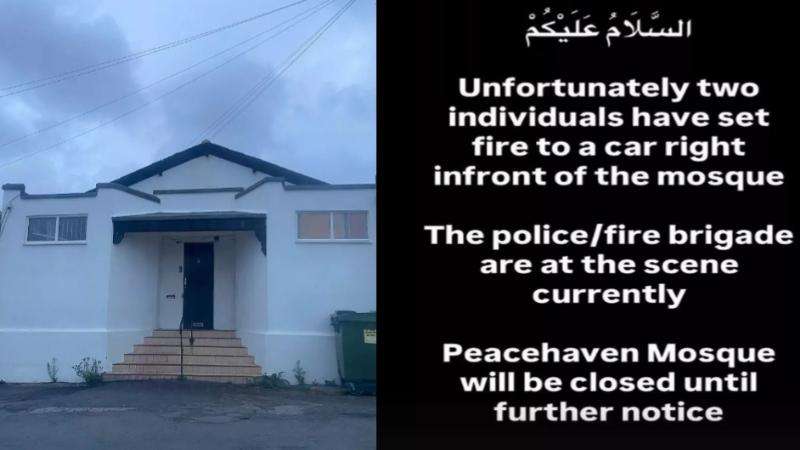In the early hours of August 2, 1990, nearly 200,000 Iraqi soldiers backed by 300 tanks stormed and swiftly occupied the small but oil-rich Gulf nation of Kuwait. Under the leadership of President Saddam Hussein, Iraq accused Kuwait of manipulating oil prices and overproducing crude oil. The 16,000-strong Kuwaiti military stood little chance, and within hours, the country was overrun. Kuwait’s Amir Sheikh Jaber Al-Ahmad Al-Sabah, his cabinet, and nearly 100,000 Kuwaitis fled to neighboring Saudi Arabia in search of safety.
The invasion triggered a global outcry. The United Nations swiftly condemned the aggression, and on January 17, 1991, a U.S.-led coalition launched Operation Desert Storm, a massive air and ground assault that forced Iraqi forces to retreat. The war officially ended on February 28, 1991, but unbeknownst to many, the American troops who had just completed their mission in the Middle East were about to play an even more critical role—this time in South Asia.
A Storm That Ravaged Bangladesh
On the night of April 29, 1991, a Category-4 tropical cyclone made landfall on the southeastern coast of Bangladesh, particularly devastating the Chattogram and Cox’s Bazar regions. With sustained wind speeds reaching an unprecedented 250 km/h (155 mph) and a storm surge of nearly 20 feet, the cyclone became one of the deadliest in recorded history. Within hours, it claimed the lives of more than 138,000 people and left over 10 million homeless.
Entire infrastructures—including roads, railways, telecommunications, and electricity lines—were obliterated. Relief efforts were paralyzed. The recently elected government of Prime Minister Khaleda Zia, who had just ushered the country into democracy after years of autocracy, faced a humanitarian crisis of historic proportions. With hundreds of thousands still at risk of dying from disease, hunger, and exposure, Bangladesh desperately needed immediate global support.
The U.S. President’s Call to Action
In response to the catastrophe, U.S. President George H. W. Bush personally called Prime Minister Khaleda Zia on May 3, 1991, to express his condolences and offer assistance. The very next day, a reconnaissance team comprising members of the U.S. military and USAID arrived in Chattogram to assess the damage. Upon their urgent recommendation, President Bush ordered a redirection of U.S. naval assets stationed in the Gulf toward Bangladesh.
Thus began Operation Sea Angel—the largest humanitarian relief mission ever conducted by the United States military.
Soldiers of War Turned Angels of Mercy
On May 10, 1991, the Amphibious Task Force (ATF), originally en route back to the U.S. from the Gulf, was rerouted to Bangladesh. This task force included over 8,000 personnel from the U.S. Marine Corps, Navy, Army, and engineering units. The mission was led by Lieutenant General Henry C. Stackpole, Commander of the 3rd Marine Expeditionary Brigade based in Okinawa, Japan.
Troops deployed helicopters and amphibious vehicles to reach the most remote and inaccessible islands such as Sandwip, Bhola, Hatiya, and Banshkhali—places where survivors had been completely cut off.
Joining the American forces were aid workers from China, Japan, India, Pakistan, the UK, and various international humanitarian agencies, forming an unprecedented multinational relief coalition.
According to “Angels from the Sea: Relief Operations in Bangladesh”, authored by Charles R. Smith of the U.S. Marine Corps History and Museums Division, General Stackpole traveled to Dhaka after his initial assessment and held high-level coordination meetings with Bangladesh Army Chief Lt. Gen. Nuruddin Khan, U.S. Ambassador William B. Milam, and representatives from international organizations. Relief efforts began rapidly, with a singular mission: save as many lives as possible.
A Mission That Changed the Course of Disaster Response
In total, over 4,000 tons of food were distributed, 266,000 gallons of clean water supplied, and 15,000 critically ill people treated at temporary field hospitals. According to American analysts, without this mission, an additional 200,000 lives might have been lost in the aftermath of the cyclone.
Former U.S. Ambassador William B. Milam, who oversaw the mission on the ground, later recalled:
“Looking back, it’s clear that when tragedy strikes, humanity has the power to turn it into triumph.”
A Legacy That Endures
Operation Sea Angel not only saved lives—it transformed the way Bangladesh and the United States approached disaster preparedness and response. When Cyclone Sidr struck in 2007, the U.S. once again returned, launching Operation Sea Angel II, inspired by the original 1991 relief efforts.
The 1991 mission remains a shining example of how military forces, often trained for war, can pivot to peace and healing in the face of human suffering. It also remains a lesser-known but profoundly powerful chapter in Bangladesh-U.S. relations.
Two decades after the end of the Gulf War, it wasn’t the battlefield but the battered shores of Bangladesh that bore witness to one of the most compassionate deployments in military history—an operation that quite literally turned soldiers into angels.
--
By AKM Sayedad Hossain (Executive Director: International Institute of Global Studies)
_6.jpg)
_5.jpg)
_6.jpg)
_7.jpg)




.svg)

